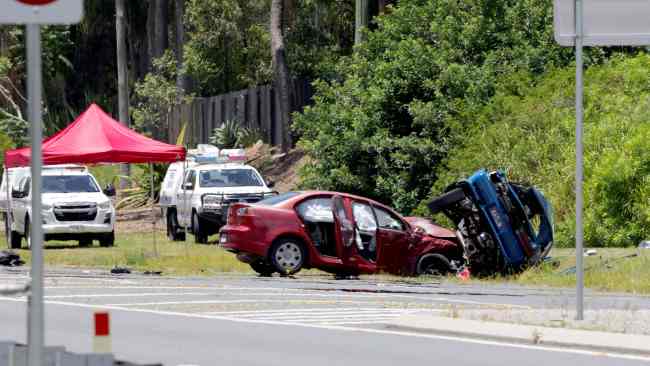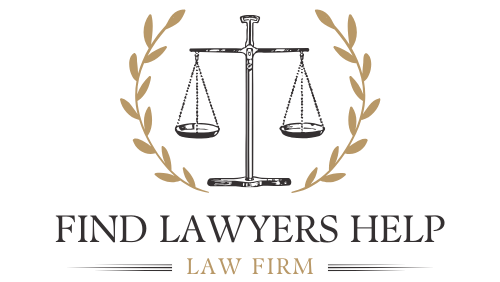
Brisbane Motor Vehicle Accident Lawyers: Who Is at Fault in a Car Accident in Australia?
Determining who is at fault in a car accident in Australia is crucial, not only for insurance purposes but also for personal injury claims. Fault impacts compensation, vehicle repairs, liability, and even legal consequences. Yet, many drivers aren’t clear on how fault is decided or what evidence matters most.
This comprehensive guide, with insights from Brisbane motor vehicle accident lawyers, breaks down how fault is determined in Australian car crashes, how it affects claims, and what steps to take if you’re involved in a collision.
Why Determining Fault Matters
In Australia, identifying who is at fault in a car accident is important for several reasons:
-
Insurance claims: The at-fault driver’s insurer may cover vehicle damage or personal injuries under their policy or CTP insurance.
-
Personal injury claims: If you’re not at fault and injured, you can claim compensation under the CTP scheme.
-
Legal consequences: Being at fault may lead to fines, license suspension, or criminal charges (especially if alcohol, drugs, or dangerous driving is involved).
-
Excess payments: If you’re not at fault, you may not have to pay the excess on your own insurance.
What Does “Fault” Mean in Australian Law?
In simple terms, fault refers to which driver caused or contributed to the accident due to negligence, recklessness, or a breach of road rules. In some cases, fault may be shared between two or more parties—this is called contributory negligence.
Examples of Fault:
-
Running a red light
-
Failing to give way
-
Speeding or tailgating
-
Driving under the influence
-
Distracted driving (e.g. using a mobile phone)
How Fault is Determined in a Car Accident
Fault is assessed based on evidence, driver behavior, road conditions, and traffic laws. Key indicators include:
1. Police Reports
If police attend the scene, they will document statements, issue fines, or even press charges. Their assessment carries weight in fault determination.
2. Road Rules and Traffic Signs
A driver who breaches a road rule (e.g. fails to give way, ignores traffic signals) is typically deemed at fault.
3. Vehicle Damage and Accident Location
The position and type of damage on each vehicle often reveal the nature of the collision—rear-end crashes, for instance, almost always place fault on the following vehicle.
4. Dashcam or CCTV Footage
Footage is some of the most objective evidence available. It can clearly show driver behavior and the sequence of events.
5. Witness Statements
Independent bystanders can offer unbiased perspectives that help establish fault.
Common Accident Types and Fault Scenarios
| Accident Type | Typical Fault |
|---|---|
| Rear-end collision | Rear driver (for failing to maintain a safe distance) |
| Intersection crash | Driver who failed to give way or ran a red light |
| Changing lanes | Driver who merged without checking blind spots |
| Reversing in a car park | Driver who was reversing without observing surroundings |
| Head-on collision on narrow roads | Driver who crossed over the centre line |
Note: Every case has unique details, so fault is determined on a case-by-case basis.
Can Fault Be Shared?
Yes. In cases where both drivers contributed to the accident, insurers and courts may assign a percentage of fault to each party. For example, one driver may be 70% at fault and the other 30%.
This division affects compensation. If you’re 30% responsible for your injuries, your payout may be reduced by 30%.
What if the Other Driver Denies Fault?
Disputes about fault are common. If the other driver denies responsibility:
-
Stick to the facts and avoid arguing at the scene.
-
Collect evidence (photos, witness contacts, dashcam footage).
-
Report the crash to police if required.
-
Notify your insurer immediately.
-
Consider seeking help from Brisbane motor vehicle accident lawyers, especially if you’ve suffered injuries or face legal action.
Steps to Take After a Car Accident in Australia
-
Check for injuries and call emergency services if needed.
-
Exchange details: name, contact, licence number, vehicle rego, and insurer.
-
Document the scene: photos, skid marks, damage, road signs, etc.
-
Collect witness information.
-
Notify your insurer as soon as possible.
-
File a police report if required by law.
-
If injured, see a doctor immediately and consult a personal injury lawyer.
Role of Brisbane Motor Vehicle Accident Lawyers
Lawyers play a vital role in disputes over fault, injury claims, and complex legal issues. They can:
-
Assess your legal rights
-
Help gather and present evidence
-
Handle communication with insurers
-
Represent you in court (if needed)
-
Maximise your compensation in CTP claims
Most personal injury law firms in Brisbane offer free consultations and no win, no fee services.
Legal Timeframes
If you are injured in a car accident, these deadlines apply:
-
Within 1 month: Submit Notice of Accident Claim (NOAC) if you have spoken to a lawyer.
-
Within 9 months: Submit NOAC if not consulting a lawyer.
-
Within 3 years: File court proceedings for injury compensation.
FAQ Table: Fault and Car Accidents in Australia
| Question | Answer |
|---|---|
| How is fault determined in a car accident? | Based on road rules, police reports, vehicle damage, witness statements, and evidence. |
| Can both drivers be at fault? | Yes. Fault can be split (e.g., 70/30 or 50/50) based on each party’s actions. |
| What if the other driver lies or denies fault? | Collect evidence and report the incident. Let insurers and lawyers resolve disputes. |
| Do police always determine fault? | No, but their report and charges can influence the insurer’s decision. |
| Can dashcam footage help prove fault? | Absolutely. It provides objective evidence of how the accident occurred. |
| Am I always at fault if I rear-end someone? | Usually, yes—but exceptions exist (e.g., sudden braking without cause). |
| What happens if I hit a parked car? | You’re likely at fault and should leave your details on the vehicle. |
| Will I lose my no-claim bonus if I’m not at fault? | Not necessarily—your insurer will advise based on their policy. |
| Should I admit fault at the scene? | No. Exchange details and report facts only. Let professionals determine fault. |
| Can a lawyer help prove I wasn’t at fault? | Yes. They can help collect evidence, challenge claims, and represent you legally. |
Conclusion
Determining fault in a car accident in Australia is not always straightforward. It requires a careful examination of traffic laws, evidence, and circumstances. Whether you’re sure you’re not at fault or facing a complex dispute, seeking advice from Brisbane motor vehicle accident lawyers can make all the difference.
They can ensure your rights are protected, help you access fair compensation, and guide you through the legal and insurance maze that follows a car crash.
Remember: never admit fault at the scene, always gather evidence, and seek legal help if you’re unsure about your next step.
